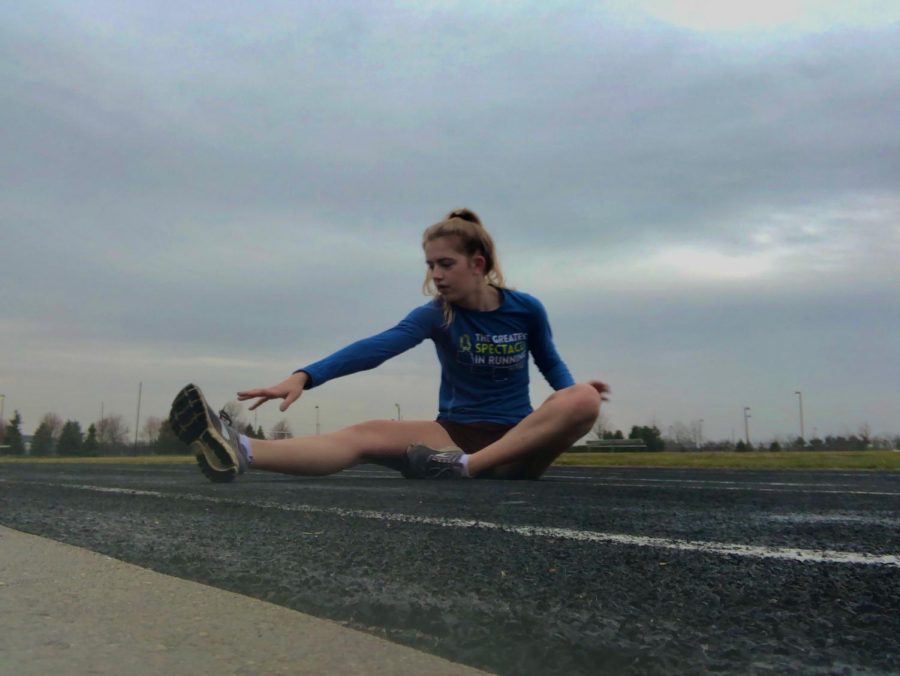Both the men’s and women’s track teams have been training for the official track season since early January. However, the outbreak of COVID-19 led all Carmel Clay Schools to close until May 1 at the earliest, bringing all sports teams to a stall. The CHS Athletics Office released that all CHS sports teams would not be practicing until school was back in session. For track runners, where building up endurance muscles is a slow process and keeping those muscles requires consistent training, this extended break from official practices poses a problem.
Savannah Hill, track runner and junior, explained the importance behind consistently training for track.
“Running is a sport that you have to continually do because as soon as you stop it is really easy to get out of shape. If you go even a week without continually running it makes it that much harder to get to the same distance, mileage, or speed that you were at before,” Hill said.
Dan Musapatika, track runner and junior, also said it was important to stay in shape to be successful in track.
“Practicing is very important when it comes to sports, especially distance training for track. The training that happens now can be a difference maker during the state meet later on this year. Of course, physiologically speaking, practicing now helps you become faster later so that’s why it is important to stay in shape.”
Track coaches have also acknowledged the importance of the team staying in shape over the break. Women’s track team Head Coach Aaron McRill explained the importance of consistent training and the steps that the coaching staff was taking to keep the team in shape.
McRill said, “It’s very important (to stay in shape). It’s not only important physically, but it’s important to stay in the sport mentally. Once you step out of the sport mentally, it’s much easier to fall out physically. (Throughout the break) the coaches are providing weekly workouts via email; we are always available for any questions.”
Musapatika described the training plan for the men’s track team, which was similar to the women’s.

Daniel Musapatika, track runner and junior, runs in his neighborhood over break. Musapatika said it was important to consistently run to have good results later in the track season.
“Our coach makes a weekly schedule and depending on the day determines what we do for that practice. Our coach sends out our training schedule via Canvas,” Musapatika said. “Each day has a different run or workout on it. On top of that, some days we have core muscle training and others we have a set amount of push ups to do.”
Both Hill and Musapatika said that although they planned to do the workouts that teachers send, it would be harder to self-motivate themselves to consistently train compared to running in an official practice setting.
Musapitika said “It’s a lot harder to run with my friends or teammates due to the break that we are enduring right now. I’ve also had to put in a lot more motivation to do the workouts on my own, since there isn’t track after school because of the cancellation. Although the break has given me more flexibility on when to practice during the day, at the same time I have less motivation to practice because of how flexible my day is. Furthermore, I’ve had to find ways to get to a track for specific workouts since we aren’t meeting up by the stadium anymore.”
Hill added that without the encouragement of teammates, she found that it was much harder to stay motivated.
“One of my favourite parts of being on the track team is the team and group aspect of it. I love bonding with the team and pushing each other on the harder days so I’m really going to miss having people to run with and talk to,” Hill said. “I was hoping to be able to meet up with other girls on the team for runs, however my family has decided on no interaction with anyone outside of the family so that probably won’t happen. I will do some runs on my own and probably run with my brother a few times but it just won’t be the same as it could’ve been.”
McRill said that he was not sure of the impact that the break would have on the team and its progress. However, he said if the team returns to practices this season, the coaches will plan with the expectation that each athlete was training over break.
“It’s hard to say (what will be the effect of this extended break). Those (athletes) that follow the training will be in a great spot when we return. Those that choose not to train certainly will fall behind. You hope that everyone is committed to their teammates and will be working hard,” McRill said. “I expect to pick up right where we left off. We all need to do our individual parts in order to succeed as a team and I’m expecting us all to do our part.”
Musapatika agreed and said that he believes the season will progress like normal if practices were to start again.
Musapatika said, “My expectations are that training will go on as it normally would (when we get back) and that nothing will change. The coaches expect us to do the training over break, so the training that we’ll have if we come back will be as if we had been training this past month.”
Hill, on the other hand, said that although she would be training over break, she was doubtful about the track season continuing even if school was to return after May 1.
“Honestly I’m expecting that the track season won’t really happen at all just because as soon as the break is over (the season would almost be over) and almost all of the scheduled meets should have already happened,” Hill said. “Although I’m not happy about it, I just feel like realistically this track season is pretty much over, which is upsetting considering how much work we have been putting in since December and January.”


















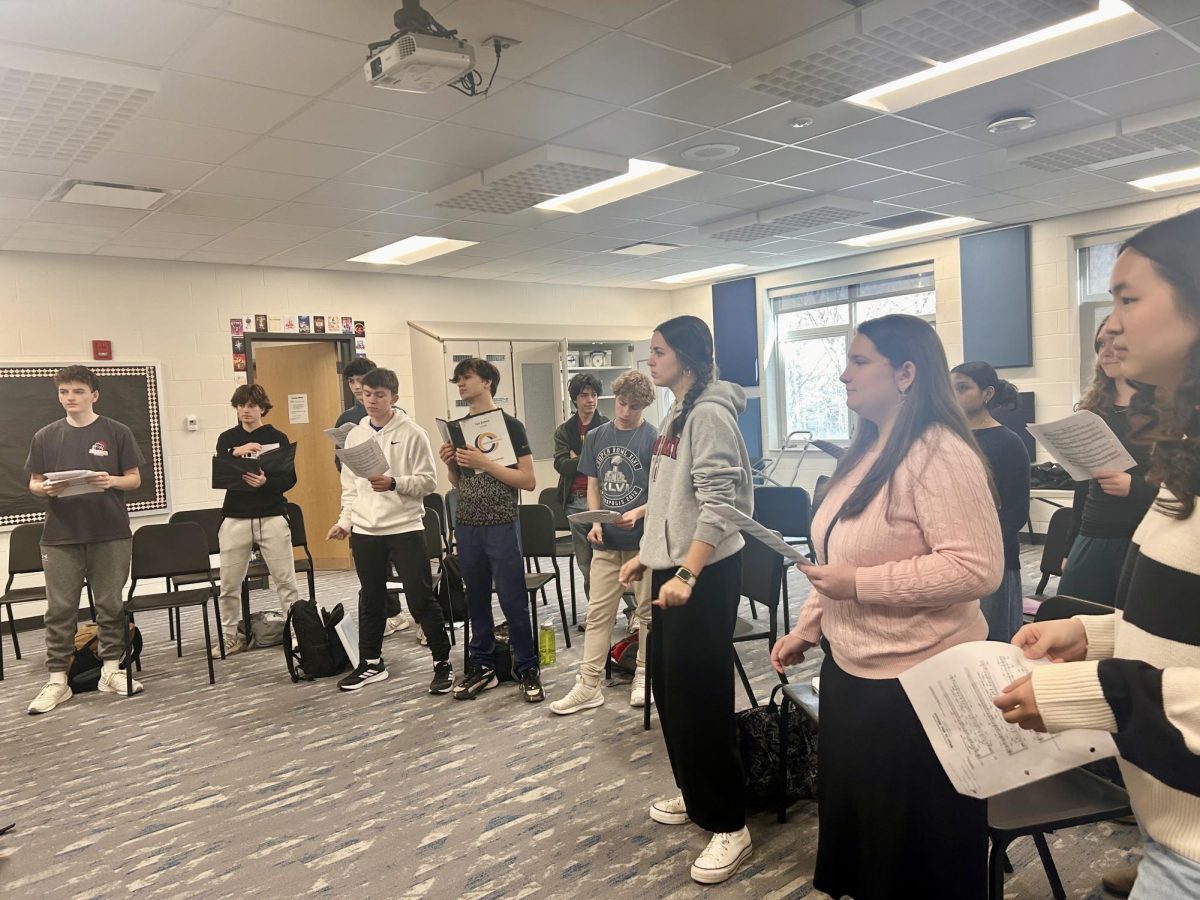

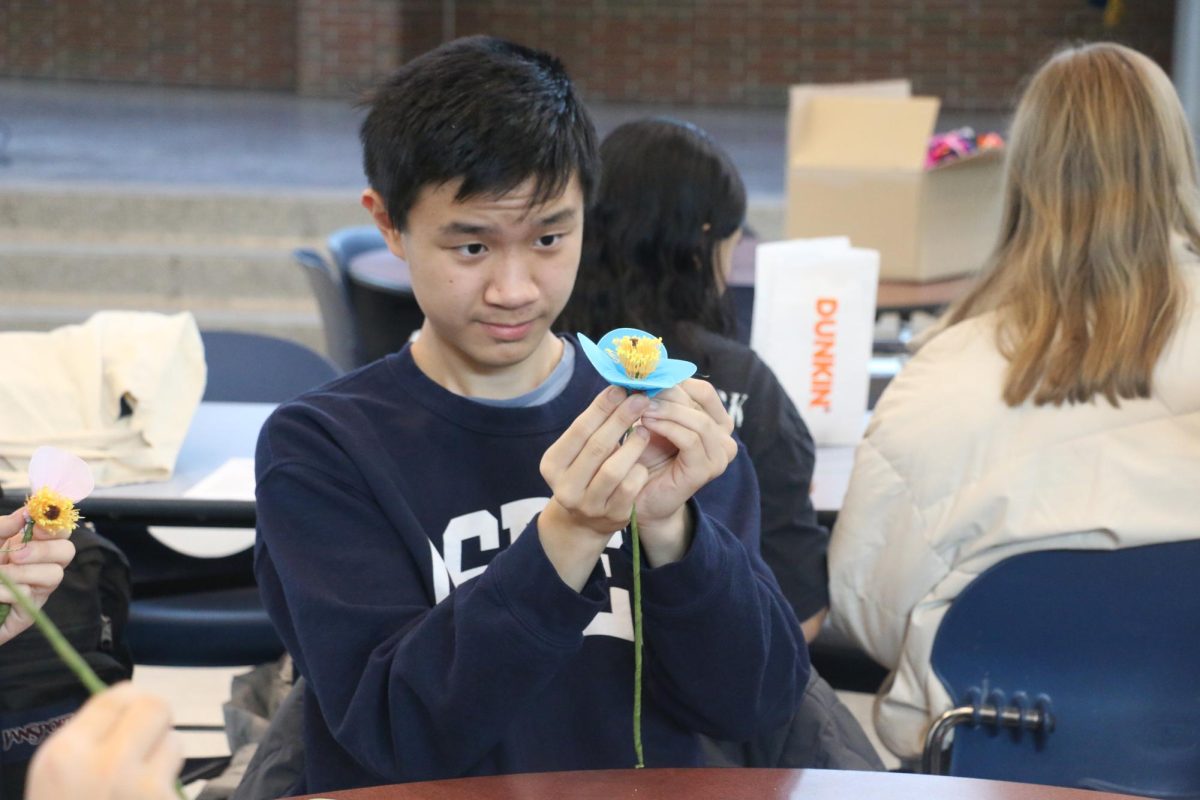

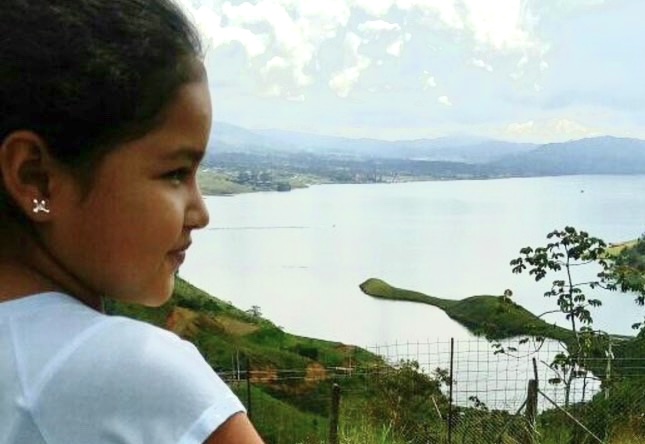

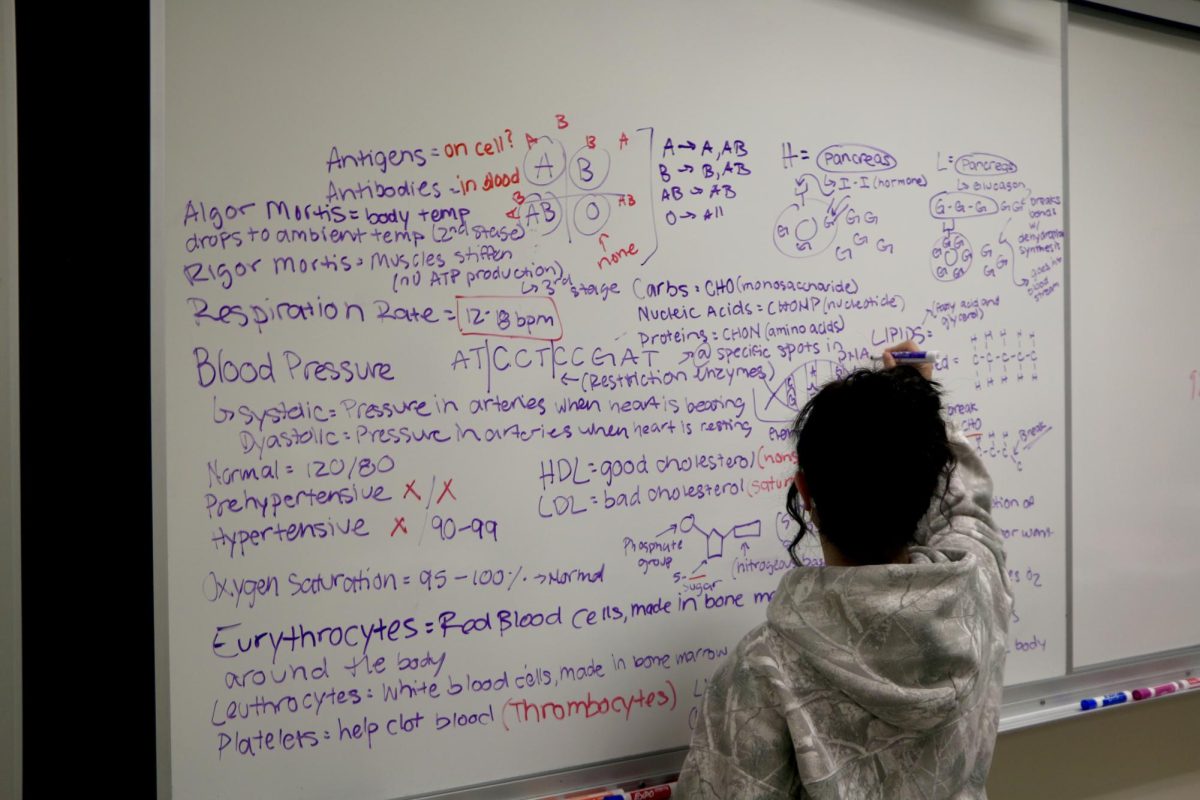
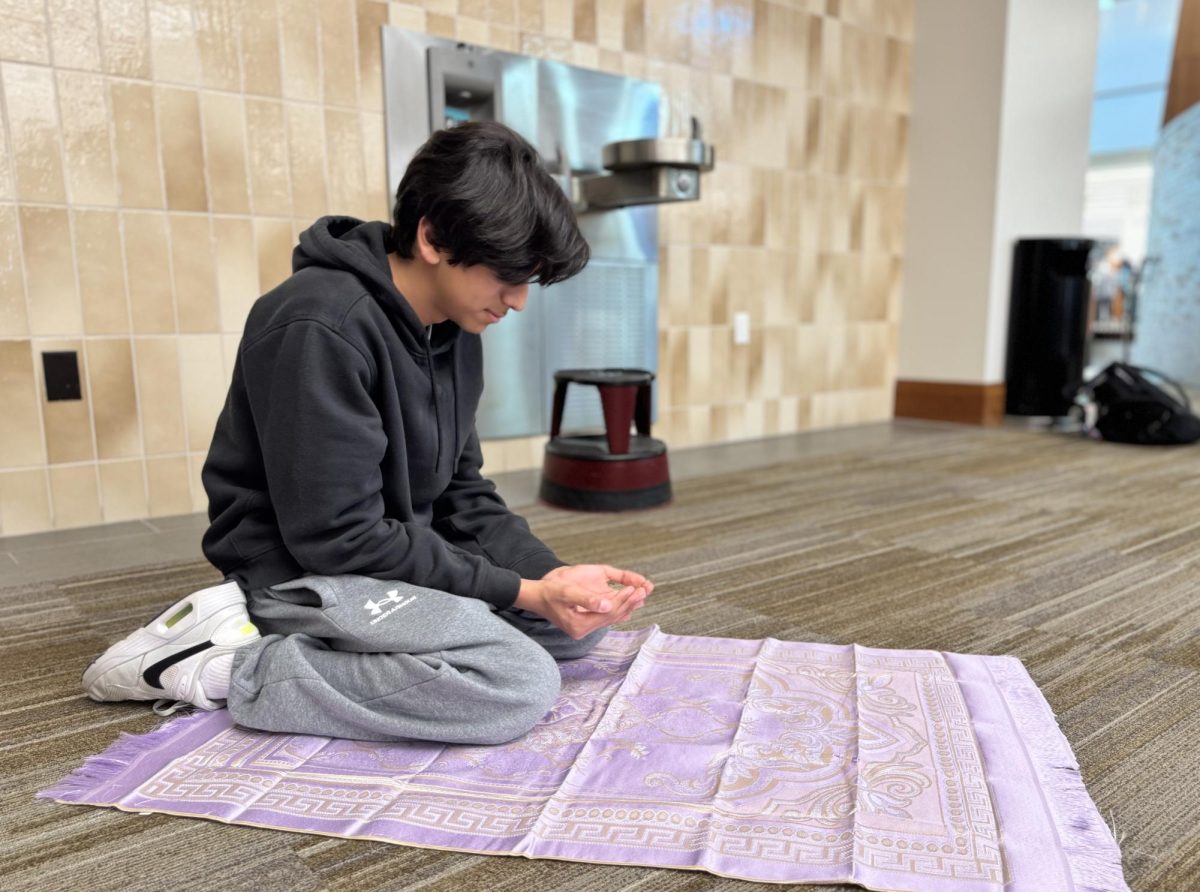



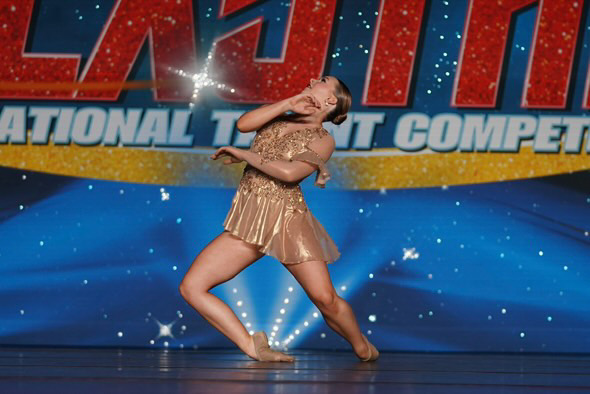

![AI in films like "The Brutalist" is convenient, but shouldn’t take priority [opinion]](https://hilite.org/wp-content/uploads/2025/02/catherine-cover-1200x471.jpg)













































![Review: “The Immortal Soul Salvage Yard:” A criminally underrated poetry collection [MUSE]](https://hilite.org/wp-content/uploads/2025/03/71cju6TvqmL._AC_UF10001000_QL80_.jpg)
![Review: "Dog Man" is Unapologetically Chaotic [MUSE]](https://hilite.org/wp-content/uploads/2025/03/dogman-1200x700.jpg)
![Review: "Ne Zha 2": The WeChat family reunion I didn’t know I needed [MUSE]](https://hilite.org/wp-content/uploads/2025/03/unnamed-4.png)
![Review in Print: Maripaz Villar brings a delightfully unique style to the world of WEBTOON [MUSE]](https://hilite.org/wp-content/uploads/2023/12/maripazcover-1200x960.jpg)
![Review: “The Sword of Kaigen” is a masterpiece [MUSE]](https://hilite.org/wp-content/uploads/2023/11/Screenshot-2023-11-26-201051.png)
![Review: Gateron Oil Kings, great linear switches, okay price [MUSE]](https://hilite.org/wp-content/uploads/2023/11/Screenshot-2023-11-26-200553.png)
![Review: “A Haunting in Venice” is a significant improvement from other Agatha Christie adaptations [MUSE]](https://hilite.org/wp-content/uploads/2023/11/e7ee2938a6d422669771bce6d8088521.jpg)
![Review: A Thanksgiving story from elementary school, still just as interesting [MUSE]](https://hilite.org/wp-content/uploads/2023/11/Screenshot-2023-11-26-195514-987x1200.png)
![Review: "When I Fly Towards You", cute, uplifting youth drama [MUSE]](https://hilite.org/wp-content/uploads/2023/09/When-I-Fly-Towards-You-Chinese-drama.png)
![Postcards from Muse: Hawaii Travel Diary [MUSE]](https://hilite.org/wp-content/uploads/2023/09/My-project-1-1200x1200.jpg)
![Review: "Ladybug & Cat Noir: The Movie," departure from original show [MUSE]](https://hilite.org/wp-content/uploads/2023/09/Ladybug__Cat_Noir_-_The_Movie_poster.jpg)
![Review in Print: "Hidden Love" is the cute, uplifting drama everyone needs [MUSE]](https://hilite.org/wp-content/uploads/2023/09/hiddenlovecover-e1693597208225-1030x1200.png)
![Review in Print: "Heartstopper" is the heartwarming queer romance we all need [MUSE]](https://hilite.org/wp-content/uploads/2023/08/museheartstoppercover-1200x654.png)


